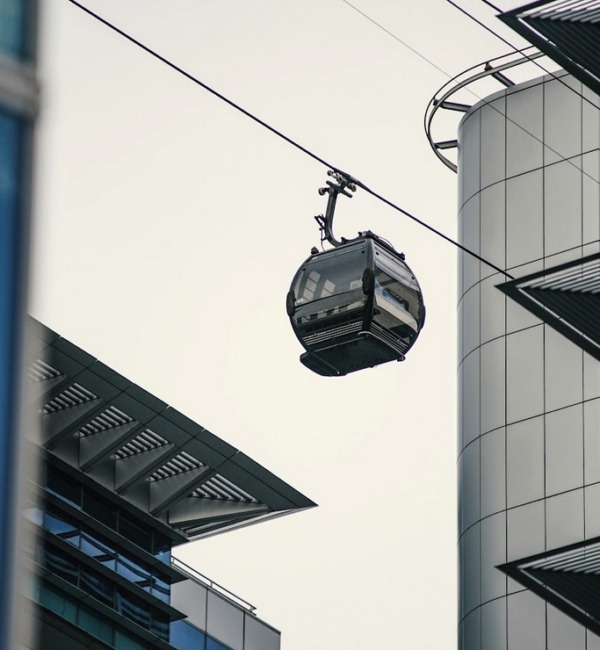
Cities, SI Urban 2/2021, Tourism
Environmentally sensitive Management – What is it and how can it help urban transport?
In New York, a consistent trend towards travel by public transport and on foot was recorded in January. The coronavirus resulted in a change, and after transport was almost shut down in the spring and early summer, emission values similar to those before the pandemic were reached once again in the summer.
This was due to the renewed trend of car use. Other cities too, for example such as Zurich, have also recorded a similar albeit less dramatic change. What is interesting here is that, according to a survey by the 2020 World Economic Forum, citizens do not want to give up their mobility but they would also like air quality similar to that achieved during the lockdown.
This implies that the path has to lead back to greater use of public transport. Many experts also see this path as the only one that makes sense and have therefore identified five central factors that describe the path for mobility in the future: sustainability in travel, energy-efficient mobility, smart infrastructure, resolution of safety issues as a result of increased capacity, and barrier-free accessibility in mobility.
These areas must all be covered, in order to be equipped for the future and, at the same time, to fulfil the demand for air quality. In a presentation at Hypermotion, Siemens Mobility GmbH Division Manager Claus Beringer adds: “There is no vaccine for the environmental and climate crisis, so we ideally need to act now.“
Because of the diverse structures of different cities, it will not be possible to develop a single, standard solution: every urban area needs a specific, tailored concept. Technology and science have already spent a long time working on implementing this and therefore have numerous tricks up their sleeve – one of which is the use of environmentally sensitive measures.
Photo: DOPPELMAYR

Soft measures
Environmentally aware traffic management is one such soft measure. The intention is to develop various concepts to reduce air pollutants. Penalties or subsidies are often not included here. Instead, reducing the volume of traffic and optimising the flow of traffic are examined in greater detail.
If private transport is to be reduced in cities, the first consideration has to lie in increasing public transport. The infrastructure also still has to be configured for the increasing number of commuters. Soft measures do not include a ban on private transport but rather a natural reduction on the basis of more attractive alternatives.
One suitable, environmentally sensitive measure would be the transport solution of an urban cable car. The emission values here are so low that other transport systems are currently unable to compete. The structural footprint is minimal and the cable car would be an ideal feeder for the existing mobility network.
Another advantage is that the cable car does not impinge on the ever-decreasing amount of urban space available. The step towards e-mobility is also communicated clearly as part of the soft measures.
As such, it would be conceivable that environmentally friendly shuttle buses could make a vital contribution over the last mile and big data can also be used for these environmentally aware management systems. By using existing data to optimise the flow of traffic, diversions can be advertised, which reduce or even prevent congestion.
Free parking facilities can be communicated more effectively and important information can be passed on to public transport providers. This enables them to modify routes if necessary, so that the systems are available in the right place at the right time.
Daniel Scholz-Stein, CEO of VITRONIC, is sure that the desired, rapid trend change will not be achieved without political targets. “In the city-centre area, we are seeing a trend towards public transport but this is also always a question of the alternatives available.
If no region takes action, we can hardly expect to see a big move away from the car. I think we will certainly see exciting mobility concepts and projects in some communities but, at least initially, this will remain a political matter.” tm
Innovative mobility research
New, sustainable mobility technologies are constantly attracting attention. It is hoped that such free, low-noise developments will represent the future of mobility, but this development is possible only through targeted research. So-called Mobility Labs. represent a key pillar of this research, since actively promoting the development of innovative systems makes sense for scientists only if a platform is made available for these systems.







